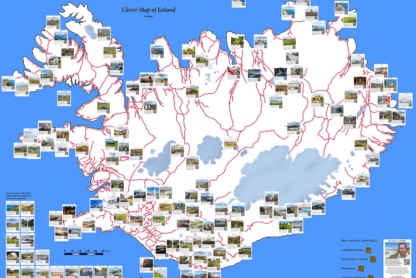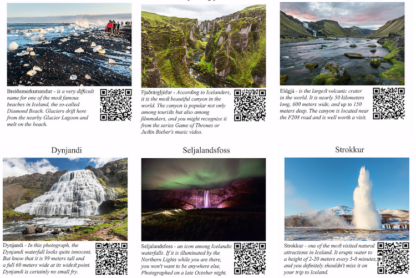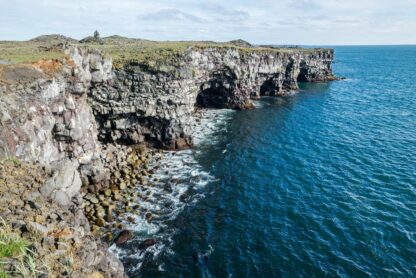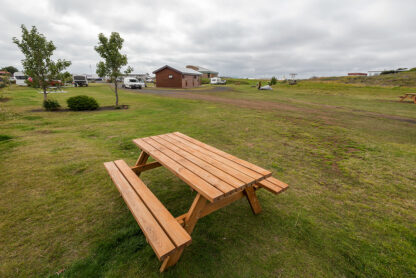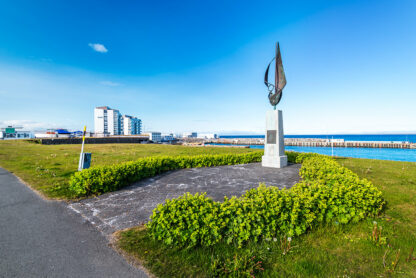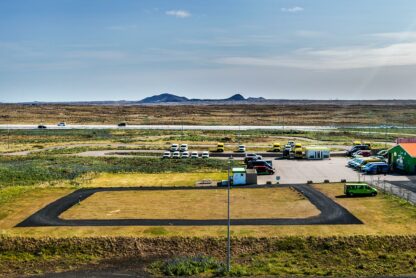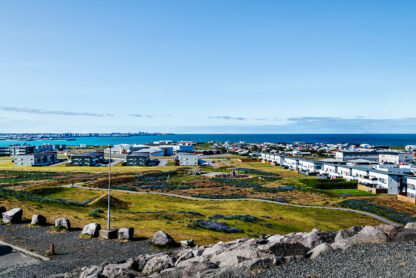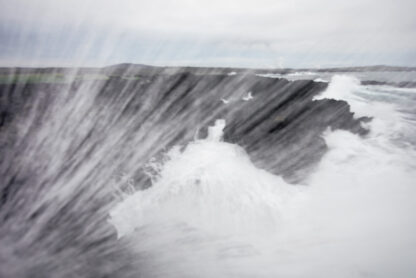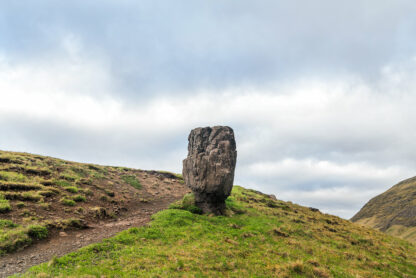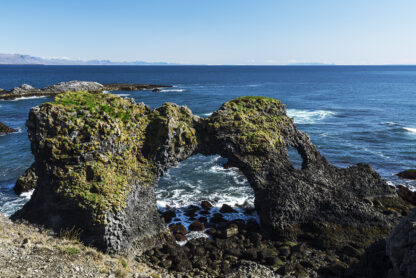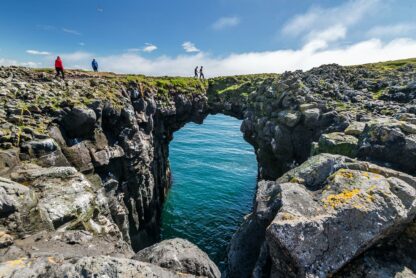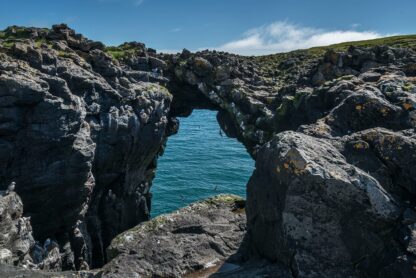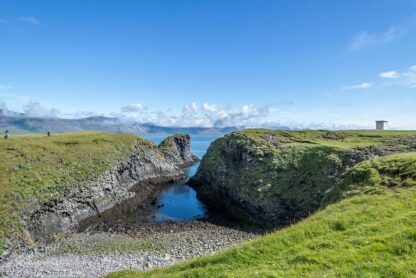Gálgaklettar are rock formations on the Reykjanes Peninsula, where convicts were executed. There are no direct written records of this, but the legend is very old and deeply rooted.
Corporal punishment and executions were common in Iceland from the 13th century. Hanging, beheading, drowning, and burning were carried out, with women more often drowned, while men were hanged or beheaded. The death penalty was officially abolished in 1928, with the last execution taking place in 1830.
Today, Gálgaklettar is a quiet historical site, reminiscent of old laws and punishment methods at a time when justice in Iceland was harsh. Some people also use it for bouldering.
Text by: RubΣn - the man
